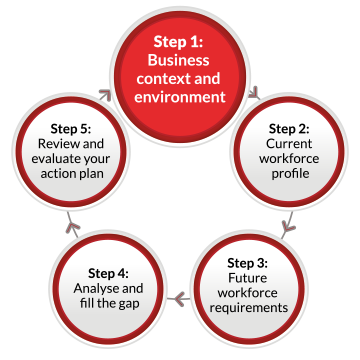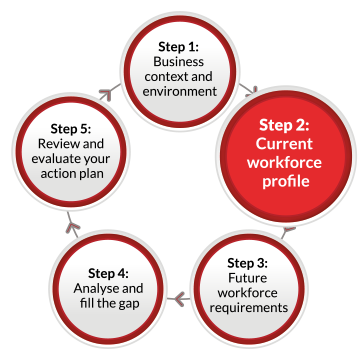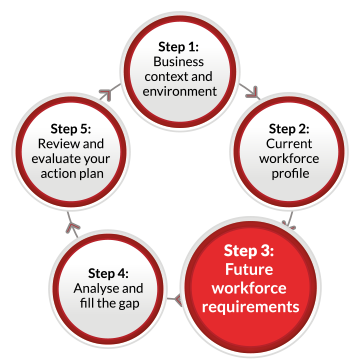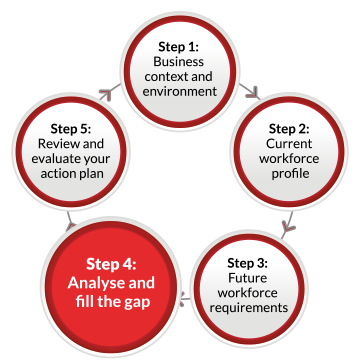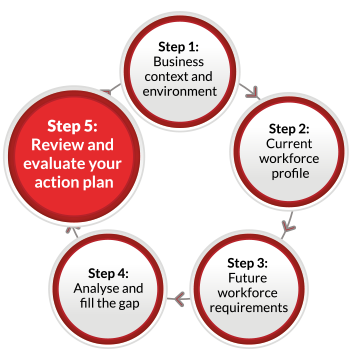Leadership and communication
High calibre leadership and communication skills, including the ability to apply effective workforce development strategies, are important ingredients for the overall success of your business.
High calibre leadership and communication skills, including the ability to apply effective workforce development strategies, are important ingredients for the overall success of your business.
The key abilities that are important for effective leadership include the ability to:
Leadership styles
Managers can draw on the Six styles of leadership in their day to day interaction with staff. However, leaders modify their behaviour according to the situation.
Self awareness
Being self aware can help you to become a more effective leader. Self awareness involves knowing what is important to you, how you experience things, how you feel and how you come across to others. In managing workforce diversity, it means understanding your own culture, identity, biases and stereotypes.
Communication is at the core of what most of us do, whether we’re building a business, leading change, dealing with difficult situations, revitalising a team, coping effectively with complaints, or creating an exceptional customer service climate.
Verbal communication sets the emotional tone and builds relationships that ultimately determine the performance culture of the workplace. If verbal communication is not effective, misunderstandings occur, coordination breaks down, relationships suffer, mistakes multiply and productivity plummets.
- Clarify the purpose and any conversational protocols or ground rules.
- Start by finding out employees’ positions/perceptions.


